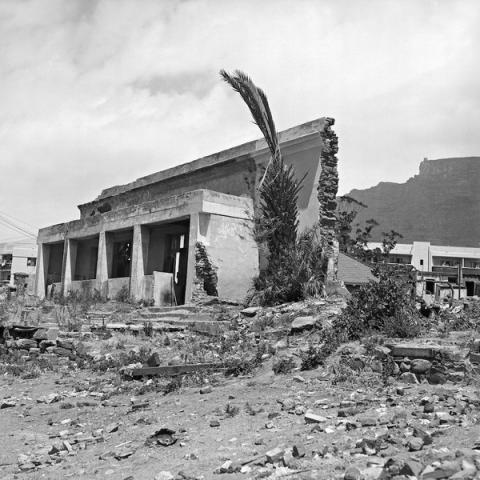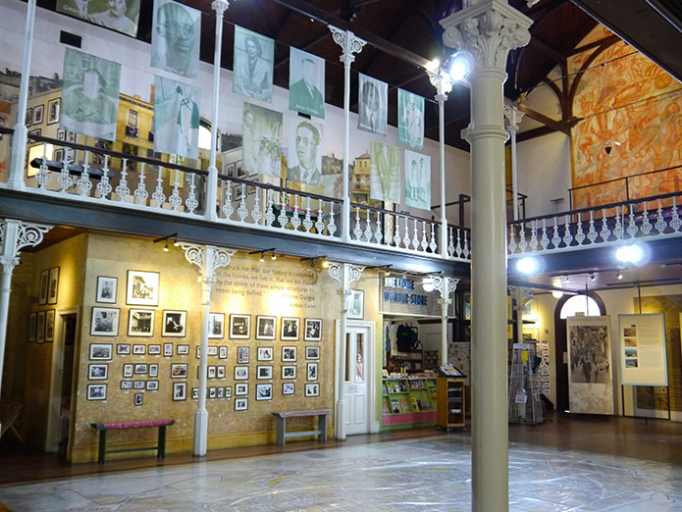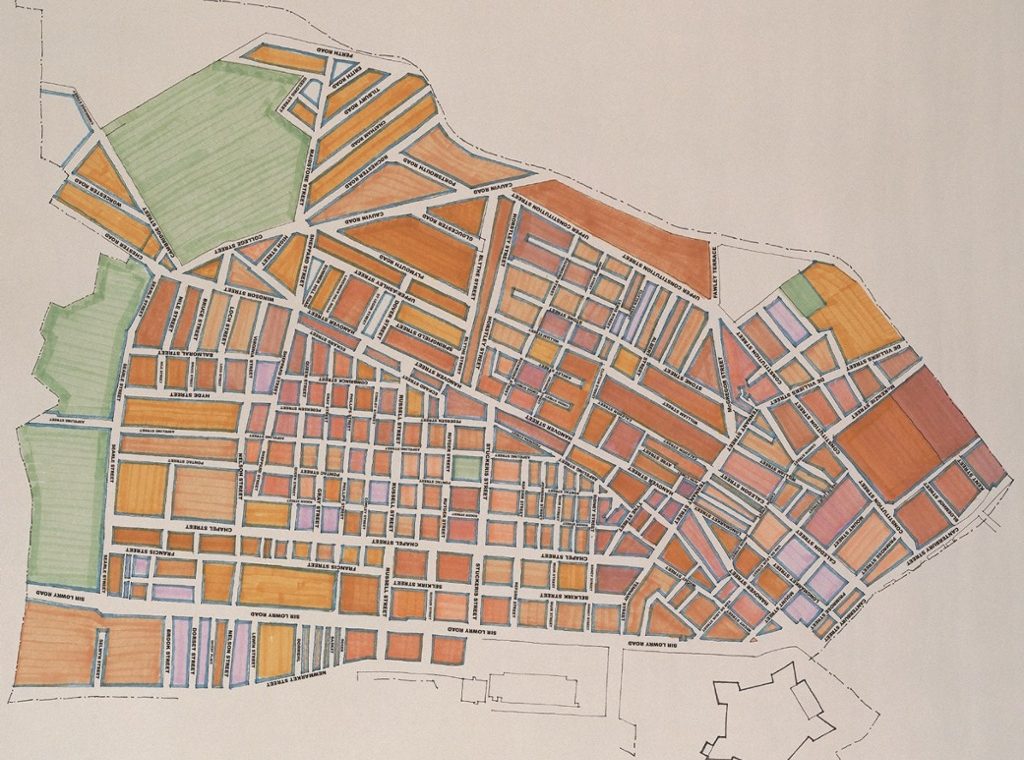Other than an exchange student at my high school whom I had only met in passing I did not talk to anyone from South Africa until after the official fall of Apartheid. Until I moved to Korea when I did, rarely, encounter South Africans they were always white. Hearing only from white South Africans, especially white South Africans with an investment in a certain version of South Africa, will give one a very particular picture of South Africa. In my conversations with white South Africans there is always a point when they lament that, yes, yes, Apartheid was bad. But it is so very difficult to be white in modern South Africa.
South Africa, like every country that has known the gentle caress of European colonialism, has a long postcolonial history of bigotry and exclusion between whites of European descent and the people the Europeans encountered on the land they claimed. Meaning ‘apartness’ in Afrikaans, Apartheid was introduced by the Afrikaner Nationalist Party (NP) government in South Africa in 1948. On the surface, Apartheid wasn’t that different from the forced segregation that existed before the NP came to power. The main difference is that apartheid made segregation part of the law.
With the passing of the Reservation of Separate Amenities Act in 1953 Apartheid gave the state the power to forcibly separate people and to punish those who disagreed. Following the paths of Jim Crow and Nazi Germany, South Africa officially segregated public spaces from hotels and restaurants, to churches and government buildings. Even transportation, including ambulances and hearses, putting the need to segregate above the need to care for the sick or grieve the dead.
Until the 1950s many areas in South Africa were ethnically diverse despite government efforts. The Reservation of Separate Amenities Act and the Group Areas Act legislated imposed segregation of people based on identities assigned to them by the apartheid government. The categories were white, Black, Asian, and Coloured. This led to some of the largest mass evictions in modern history. Between 1960 and 1983, 3.5 million almost entirely nonwhite South Africans were removed from homes and land that, much of which they owned, and forced into segregated neighborhoods that were little more than shanty towns with little to no compensation.

Black Africans make up the majority of the South African population at about 80%. Asians are about 2.5%. White folks are about 9% and the rest are Coloured. Often South Africa’s Coloured population is described as “mixed race”. This is not entirely correct. It’s more accurate to say that Coloured South Africans are those who do not quite fit the other categories under Apartheid. Though even that doesn’t cover it. What I mean to say is this shit is complicated. Cape Town is the only area of South Africa with a Coloured majority population. District Six, once known as the soul of Cape Town, was a poor yet vibrant community of 55,000. It was multicultural, multiethnic, and home to a variety of religions. An amalgam of Malay, Eastern European, Indian, and African immigrants, who were artists and activists, merchants and musicians.

District Six was one of many communities torn apart by the regime during the sixties and seventies. On February 11, 1966, District Six was declared a whites-only area under the Group Areas Act of 1950. Between 1968 and 1982 over 60 000 of its residents were forcibly removed. Almost all evidence of the district was destroyed. Seen as tainted by miscegenation, over two decades the area was systematically razed into the ground. Even today, District Six despite its proximity to the City Centre and views of both Table Mountain and the harbor, sits mostly underdeveloped.
At the District 6 museum you will travel through these memories. Or you can choose to be guided by one of the survivors. It is not to be missed. And, there is a play area for young children in the back of the museum.
Sources
https://historyofdistrict6.wordpress.com/
https://www.districtsix.co.za/
http://capetownhistory.com/?page_id=238
https://unequalscenes.com/district-six
https://www.sahistory.org.za/article/forced-removals-south-africa
https://www.districtsix.co.za/about-district-six/
